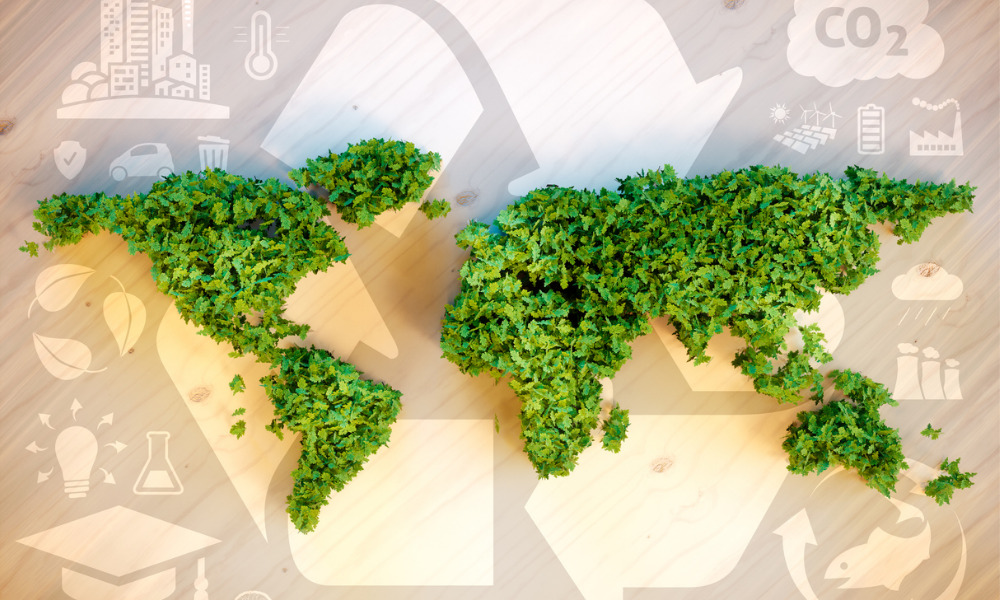Group challenges other jurisdictions to do the same

From 2011 to 2019 combined natural gas, condensate and natural gas liquids production in Canada’s oil and gas sector increased by 32 per cent. At the same time, emissions intensity decreased by 33 per cent, according to a report from the Canadian Association of Petroleum Producers (CAPP).
“Canada’s natural gas and oil industry has a track record of being one of the most transparent around the world. This report raises the bar even higher, positioning the industry as a leader in voluntarily reporting the collective emissions performance of our industry, and should be a challenge for other jurisdictions to do the same,” said Ben Brunnen, vice president for oil sands, fiscal and economic policy at CAPP.
“The international comparable data shows Canada is a good performer when it comes to emissions intensity but also that we’re continuously getting better. The key to our future will be the ability of our industry to quickly advance new technologies to continue reducing GHG intensity, keeping Canada a global supplier of choice.”
Production from oil sands in in-situ facilities grew by 66 per cent from 2013 to 2019, yet emissions intensity dropped by eight per cent. Also, oil sands mining production increased 59 per cent as emissions intensity decreased by 14 per cent.
Emissions reduction efforts
Canada ranks among the lowest-emission natural gas producers globally thanks to the country’s flaring conservation practices, according to the report titled Canada’s Natural Gas and Oil Emissions: Ongoing Reductions, Demonstrable Improvement.
Specifically, Canada produces about 1.5 per cent of the world’s Greenhouse gas (GHG) emissions, and its natural gas and oil industry produces about 0.3 per cent of overall global GHG emissions.
CAPP also highlighted the technologies that Canada’s oil and gas sector has been using to reduce emissions.
Industry stakeholders have been working to reduce methane emissions to meet Canada’s goal of a 45 per cent reduction from 2012 levels by 2025. For this, it has partnered with the Alberta government on the Alberta Methane Field Challenge, which is testing new methane detection technologies including sensors on drones and trucks.
Industry players have also put a lot of effort in carbon capture, utilization and storage. Facilities are already showing how CO2 can be captured and stored or used in the production process, keeping millions of tonnes of CO2 out of the atmosphere, according to CAPP.
Also, in the oil sands sector, excess electricity not used for plant operations is sold to Alberta’s power grid. Cogeneration supplies about 34 per cent of the province’s electricity.
“The energy sector is working with government, regulators, and stakeholders to explore the most efficient pathways to reducing emissions,” said Brunnen. “The oil and gas industry is active across the country through direct exploration and production and a multi-billion dollar supply chain. Leveraging our leadership in ESG performance and innovation can strengthen the industry and the whole Canadian economy.”





